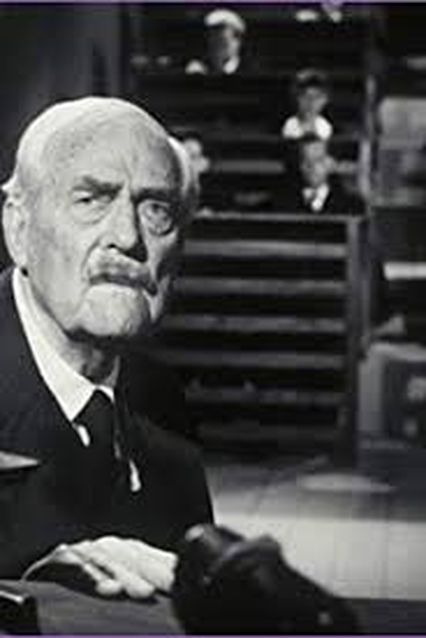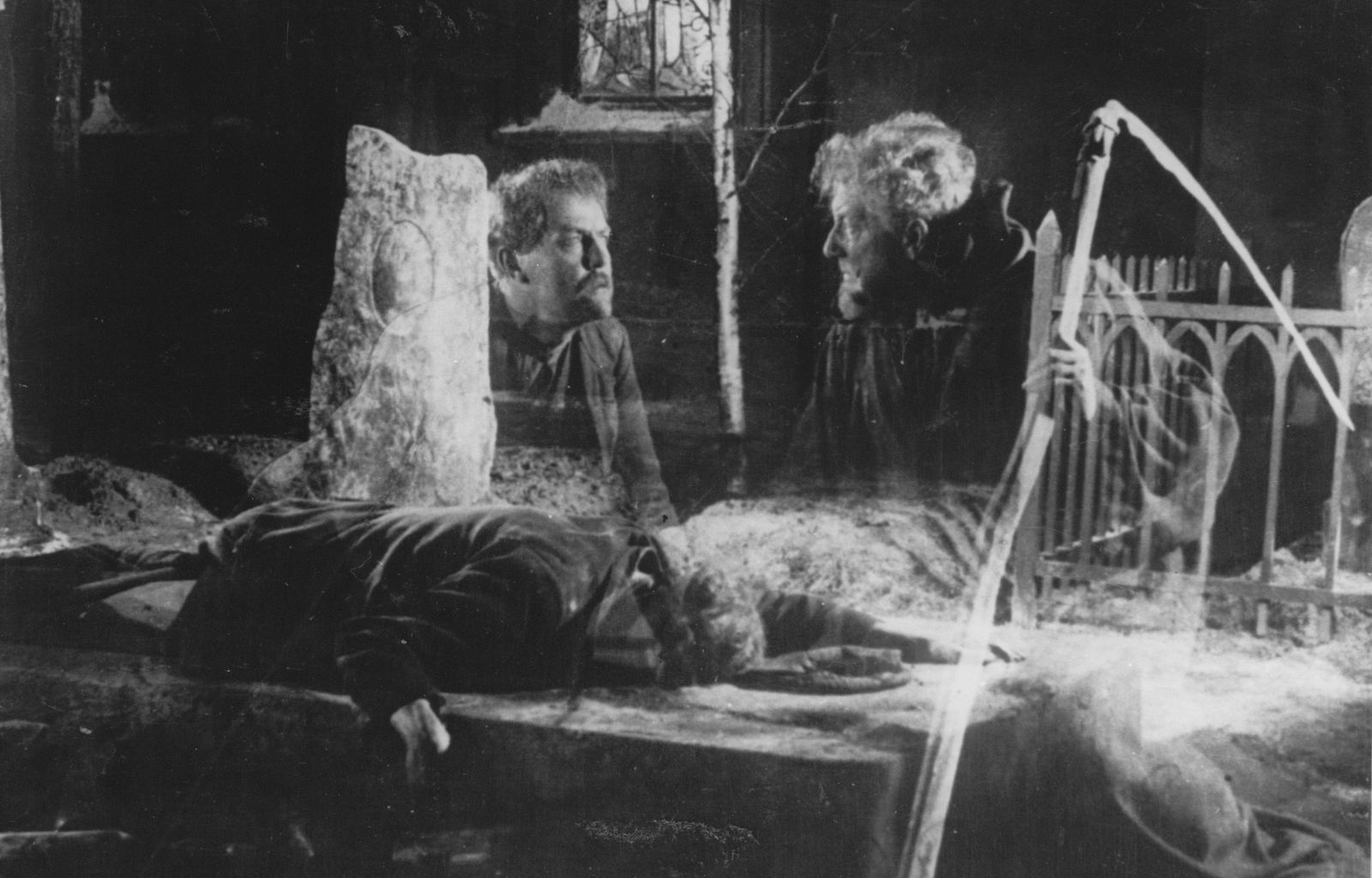11° FESTIVAL INTERNAZIONALE CINEMA GIOVANI
The Centennial - Cinema And Criticism. The Silent Films Year
KÖRKARLEN
by Victor Sjöström
The task of representing death symbolically was an opportunity for Sjöström to compose a filmic form that is open to experimentation, just as it was for Fritz Lang in Der Müde Tod. Just as in Lang, there is a complexity both on the narrative and visual levels. Sjöström abandons a straight narrative plot line by articulating the story within a narrative frame that contains other alternating and overlapping episodes. The action crosses from the factual plane to that of memories containing prefigured future events inside. All this happens with a steady, evocative interweaving of past, present, and future. The mastery in the use of the film medium corresponds to the intensity of the narration. The extremely controlled use of methods of superimposition, lighting, toning, and printing combine to form a style of miseenscène that fuses the realistic and fantastic dimensions evenly. This was enough to make Körkarlen a milestone in film history. Last but not least, one remembers the extraordinary interpretation of Sjöström himself, besides Hilda Borgström, in the role of protagonist.
Biography
film director

Victor Sjöström
Cast
& Credits
Plot: dal romanzo omonimo di Selma Lagerlöf.
Director of photography: Jiulius Jaenzon.
Art director: Axel Esbensen, Alexander Bakò.
Cast: Hilda Borgström (la signora Holm), Victor Sjöström (David Holm) Astrid Holm (Edit), Tore Svennberg (Georges), Concordia Selander (la madre di Edit), Einar Axelsson (il fratello di David), Tor Weijden (Gustafson), Nies Aréhn (il prete della prigione), Simon Lindstrand e Nils Elffors (gli amici di David al cimitero), Olof As (il carrettiere).
Production company: Ab Svensk Filmindustri.
CONSERVAZIONE E RESTAURO / CONSERVATION AND RESTORATION
Copia conservata alla Cinemateket Svenska Filminstitutet.
L'operazione di restauro è consistita nella stampa di un controtipo negativo tratto da un originale positivo colorato, con didascalie di pochi fotogrammi. Le didascalie sono state rifotografate ed inserite nel negativo. Dal negativo bianco e nero è stata stampata una copia positiva colorata sulla base dell'originale.


